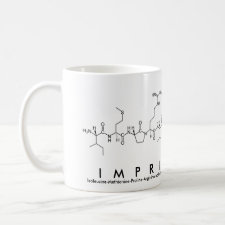
Authors: Kamra T, Zhou TC, Montelius L, Schnadt J, Ye L
Article Title: Implementation of Molecularly Imprinted Polymer Beads for Surface Enhanced Raman Detection.
Publication date: 2015
Journal: Analytical Chemistry
Volume: 87
Issue: (10)
Page numbers: 5056-5061.
DOI: 10.1021/acs.analchem.5b00774
Abstract: Molecularly imprinted polymers (MIPs) have a predesigned molecular recognition capability that can be used to build robust chemical sensors. MIP-based chemical sensors allow label-free detection and are particularly interesting due to their simple operation. In this work we report the use of thiol-terminated MIP microspheres to construct surfaces for detection of a model organic analyte, nicotine, by surface enhanced Raman scattering (SERS). The nicotine-imprinted microspheres are synthesized by RAFT precipitation polymerization and converted into thiol-terminated microspheres through aminolysis. The thiol groups on the MIP surface allow the microspheres to be immobilized on a gold-coated substrate. Three different strategies are investigated to achieve surface enhanced Raman scattering in the vicinity of the imprinted sites: (1) direct sputtering of gold nanoparticles, (2) immobilization of gold colloids through the MIP?s thiol groups, and (3) trapping of the MIP microspheres in a patterned SERS substrate. For the first time we show that large MIP microspheres can be turned into selective SERS surfaces through the three different approaches of assembly. The MIP-based sensing surfaces are used to detect nicotine to demonstrate the proof of concept. As synthesis and surface functionalization of MIP microspheres and nanoparticles are well established, the methods reported in this work are handy and efficient for constructing label-free chemical sensors, in particular for those based on SERS detection
Template and target information: nicotine



Join the Society for Molecular Imprinting

New items RSS feed
Sign-up for e-mail updates:
Choose between receiving an occasional newsletter or more frequent e-mail alerts.
Click here to go to the sign-up page.
Is your name elemental or peptidic? Enter your name and find out by clicking either of the buttons below!
Other products you may like:
 MIPdatabase
MIPdatabase









